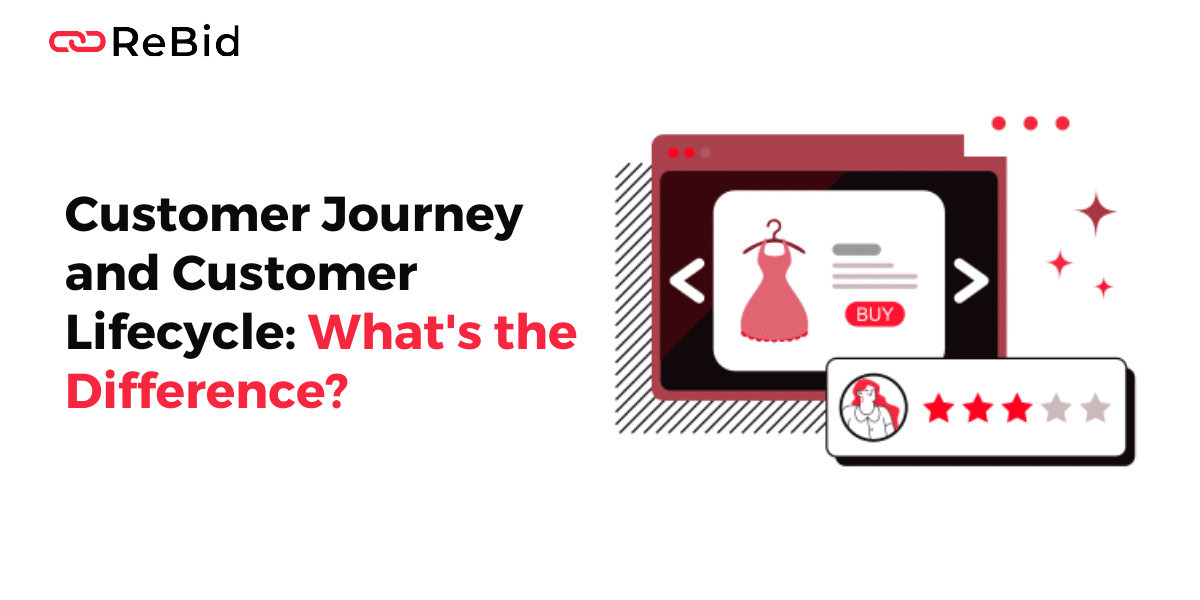In today's customer-centric business environment, understanding the nuances between Customer Journey and Customer Lifecycle is crucial for optimizing customer engagement and retention strategies. Both concepts are pivotal in the context of marketing, yet they address different aspects of the customer's interaction with a brand. By delineating these terms, businesses can better tailor their marketing strategies to meet the evolving needs of their customers.
Customer Journey: A Detailed Pathway
The Customer Journey encompasses the complete sequence of experiences that customers go through when interacting with a company and its brand. This journey maps out all the touchpoints a customer has with the brand, from initial awareness all the way through to post-purchase engagement. The key characteristic of the Customer Journey is its focus on the micro-level interactions and the customer's emotional responses at each stage.
Key aspects of the Customer Journey include:
Awareness: The customer becomes aware of the brand or product.
Consideration: The customer evaluates the product against others.
Decision: The customer makes a purchase decision.
Retention: The customer’s post-purchase experience which might lead to repeat purchases.
Advocacy: The customer becomes a brand advocate.
The Customer Journey is highly individualistic and can vary greatly from one customer to another based on their personal experiences, preferences, and interactions with the brand. It's dynamic and changes as the customer's relationship with the company evolves.
Customer Lifecycle: A Strategic Overview
On the other hand, the Customer Lifecycle refers to the stages a customer progresses through in their relationship with a company over time. It is a broader term that focuses on the lifecycle stages from the business’s perspective, categorizing groups of customers in similar stages. The lifecycle stages are strategic touchpoints designed to nurture the customer's relationship with the brand throughout different phases of their engagement.
Key stages of the Customer Lifecycle include:
Reach: Attracting the customer to the brand.
Acquisition: Convincing the customer to make their first purchase.
Development: Increasing the customer's value through upselling or cross-selling.
Retention: Keeping the customer engaged and loyal to the brand.
Loyalty: Turning a regular customer into a loyal one who advocates for the brand.
The Customer Lifecycle is typically used to guide marketing and customer service strategies, ensuring that customers receive appropriate communications and offers that correspond to their particular stage of the lifecycle. It helps in predicting customer behaviors and determining the most effective marketing tactics for each lifecycle stage.
Integrating Customer Journey and Customer Lifecycle
While the Customer Journey provides a granular view of customer interactions, the Customer Lifecycle offers a macro view of the customer's progression with the brand. Effective marketing strategies often integrate both perspectives to create a comprehensive approach to customer engagement. By understanding the individual journey and the broader lifecycle stages, companies can deliver personalized experiences at scale, enhancing customer satisfaction and loyalty.
For instance, data from the Customer Journey can inform more tailored communications in each stage of the Customer Lifecycle, ensuring that marketing efforts are not only timely but also deeply relevant to each customer’s current needs and status.
Conclusion
Distinguishing between Customer Journey and Customer Lifecycle allows businesses to effectively align their marketing strategies with the needs and behaviors of their customers. This alignment is vital for building long-lasting relationships and achieving sustainable growth. In essence, while the journey provides the story of an individual's experience, the lifecycle provides the framework that supports all such stories. Understanding both is key to mastering the art of customer engagement in the digital age.









